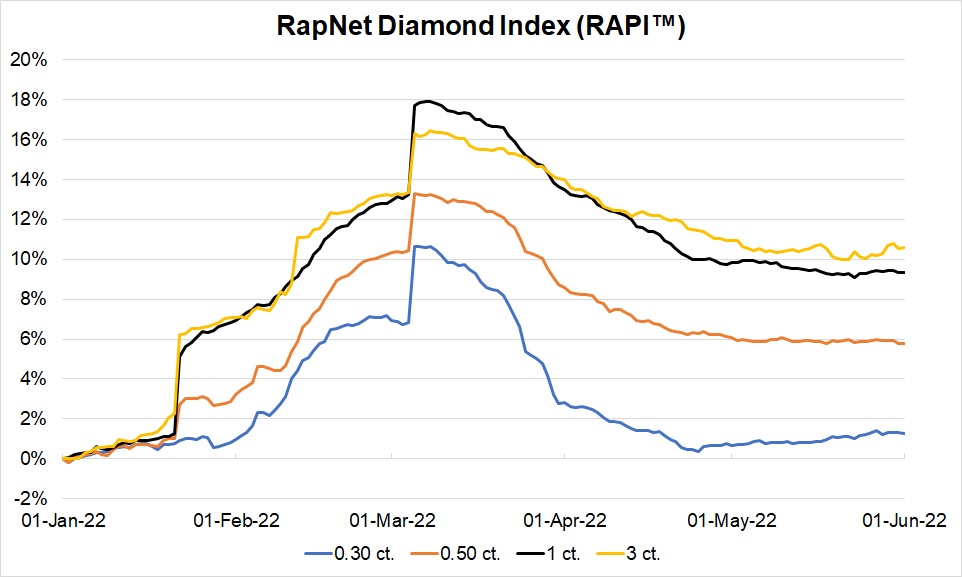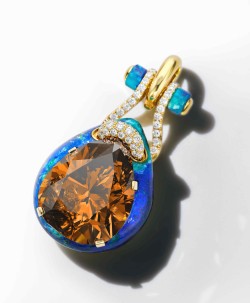
The Gemological Institute of America (GIA) plans to convert all of its paper reports to digital within the next three years, beginning with its Diamond Dossier in 2023.
The digital reports, which it will link to an app, will be more secure than their paper counterparts, the GIA said Tuesday. They will be paired with a new inscription-matching service, called GIA Match iD. This feature captures a diamond’s inscription image and links the stone to its GIA report using artificial intelligence (AI).
As each report category is introduced in digital form, the printed reports will be discontinued, the GIA told Rapaport News. However, some specialty services, such as the Monograph reports and notable letters, will continue to be available in printed versions.
“Digital reports…build on our decades of innovation and move our consumer protection mission forward,” said GIA CEO Susan Jacques. “This important transformation allows GIA to offer consumers a truly modern and engaging experience while helping our industry progress toward a more sustainable future.”
Starting in January 2023, the new Diamond Dossier service will offer a fully digital report, including the 4Cs; the app, which enables retailers and consumers to view, save and share information for their diamonds; and the Match iD instrument.
The elimination of GIA paper reports will save 20 tons of paper and 18.5 tons of plastic each year, the GIA said. It will also reduce transportation-related carbon emissions, the institute added.
Source: DCLA









